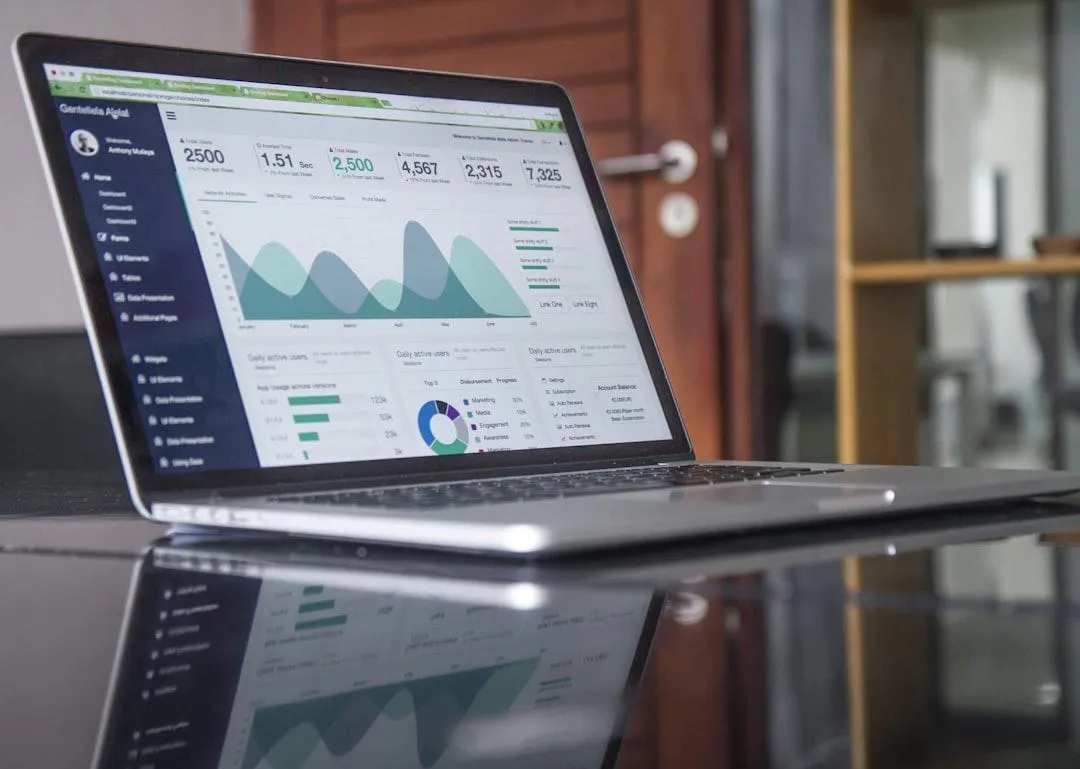
DIY Website Design Tips for Small Business Owners
DIY Website Design Tips for
Small Business Owners
Hey there, savvy small business owner! Ready to roll up your sleeves and dive into the world of DIY website design? Whether you're launching your first site or giving your current one a facelift, we've got you covered with eight top tips to make your website not just functional, but fabulous. Let's get started!
1. Start with a Solid Plan
Before you even think about colors and fonts, map out what you want your website to achieve. Are you selling products, showcasing a portfolio, or providing information? Outline the pages you'll need—like Home, About, Services, and Contact—and decide on the content for each. This roadmap will keep you focused and organized.
"Start with a simple site plan... This will help you stay organized and show you the pieces of content you need before you start building."
— Jimdo
2. Keep Navigation Simple
Your website's navigation should be as straightforward as a grocery list. Limit your main menu to 5-7 items to avoid overwhelming visitors. Clear, concise labels help users find what they're looking for without playing hide and seek.
"A menu bar that overflows onto two lines or has a lot of submenus is confusing and hard to use."
— Jimdo
3. Embrace White Space
Don't be afraid of empty space—it's your friend! White space (or negative space) helps your content breathe and makes your site look clean and professional. It guides visitors' eyes and highlights what's important.
"Use white space liberally to create a clean and uncluttered website that is easy to navigate and interact with."
— Mailchimp
4. Optimize for Mobile
With more people browsing on their phones, your website must look good on all devices. Use responsive design to ensure your site adapts to different screen sizes. Test your site on various devices to catch any hiccups.
"Make sure your website design is responsive, meaning it easily adjusts to different screen sizes and devices."
— Stripe
5. Speed Matters
A slow website can send visitors running. Optimize images, minimize code, and choose a reliable hosting service to keep your site zippy. Remember, every second counts!
"If your website takes too long to load, users are likely to click away and look for a faster option."
— Mailchimp
6. Consistent Branding
Your website should reflect your brand's personality. Use consistent colors, fonts, and imagery to create a cohesive look. This builds trust and makes your business memorable.
"Using consistent branding throughout your site helps customers recognize your business and establishes trust."
— Hotjar
7. Clear Call-to-Actions (CTAs)
Guide your visitors on what to do next—whether it's contacting you, signing up for a newsletter, or making a purchase. Make your CTAs stand out with contrasting colors and compelling text.
"Your site’s ultimate goal is to persuade users to take an action... Strategically placed calls to action (CTAs) help convert users into paying customers."
— Hotjar
8. Regularly Update Content
Keep your website fresh by regularly updating content, adding blog posts, or showcasing new products. This not only improves SEO but also shows visitors that your business is active and engaged.
"Updating your website on a frequent basis ensures you're sharing accurate information with website visitors."
— Squarespace
Final Thoughts
Building your own website might seem daunting, but with these tips, you're well on your way to creating a site that not only looks great but also serves your business goals. Remember, your website is often the first impression customers have of your business—make it count!
Happy designing!
